"The persistent banyan tree"
The first impression of any visitor when visiting the residence and workplace of President Ho Chi Minh at the President Ho Chi Minh Relic Site is the green color of the garden here. The entire garden has hundreds of species of trees originating from within and outside the country.
During his lifetime, Uncle Ho planted many kinds of trees, renovated fish ponds, roads, and paths, making the landscape and environment in this area cleaner and more beautiful. Many trees planted in this area not only have economic value but also have historical and cultural significance, associated with the homeland, associated with international comradeship and friendship. In this garden, there are trees that Uncle Ho planted and cared for himself, some trees that he named, some trees that he brought back from abroad, some trees that people in the country sent as gifts... each tree contains deep memories of him.
The Youth Union of the National Library took a souvenir photo next to the banyan tree in the President Ho Chi Minh Relic Site at the Presidential Palace, May 18, 2023. Photo: LT
Leading us to the entrance to Uncle Ho's stilt house, Ms. Nguyen Thi Le Thuy - the tour guide, Department of Propaganda and Education , President Ho Chi Minh Relic Site at the Presidential Palace stopped in front of a very special banyan tree with three trunks made up of roots hanging down from the branches and spreading in three directions, forming a frame like an arch leading to Uncle Ho's stilt house.
Ms. Thuy said that when working at the stilt house, Uncle Ho often walked on the road with this banyan tree. At that time, the banyan tree did not have large, tall, and beautiful secondary roots like it does now.
Around September 1965, the gardeners saw two small banyan roots hanging down from the branches, not far from the road. Because they were worried that these two secondary roots would grow larger and longer, obstructing Uncle Ho's path, the gardeners decided to cut them off. Knowing that, Uncle Ho did not agree and suggested that they find a way to pull the banyan roots down to the ground, but in a way that the roots would not obstruct the path and could still create a solid and beautiful shape for the tree. The gardeners understood Uncle Ho's intention and did not cut off the two secondary roots, but still could not find a way to carry out that request.
“A few days later, Uncle Ho still remembered the story of the two banyan roots and asked the servants again. The servants told him that they had not found a suitable way to do it, so he showed everyone how to do it: split a banyan tree in half, hollow out the joints inside, then put loose soil in the middle of the tree, place the banyan roots in the middle, and tie the tree tightly with a rope. The banyan tree was buried in the ground and had to be watered regularly to keep the banyan roots moist. The banyan roots would grow quickly thanks to enough moisture. When the banyan roots touched the ground, Uncle reminded the servants to pile up soil for the roots and continue to take care of them. Following Uncle Ho's instructions, the time for the tree roots to take root was faster, and at the same time, the tree roots could be oriented as desired. After about three years (1965 - 1968), these banyan roots touched the ground.
When the work of pulling the banyan roots into the ground was completed, the servants came to report the results to Uncle Ho. Uncle Ho happily said: “Putting the banyan roots into the ground is a small task, but to do it is not easy and requires perseverance and determination. The same goes for any other work, when you have a goal, determination and perseverance, you will surely succeed.”
"Since then, this banyan tree has been named "The Persistent Banyan Tree". Currently, on the main road from the Presidential Palace to the stilt house, the image of three banyan roots connecting to the ground always reminds us of the lesson of perseverance that Uncle Ho taught us during his lifetime," said Ms. Thuy.
Later, the banyan tree had two more secondary roots, these two roots were far apart and not tightly twisted together. The comrades who served also pulled them with the above method.
The garden bears the mark of Uncle Ho's love
Along with the "persevering banyan tree", at the beginning of Xoai Street there is a banyan tree with roots bent into a circle, this is a special gift from Uncle Ho for the children.
One morning, after a heavy rain and strong wind, while visiting the garden, President Ho Chi Minh saw a young banyan tree with a long root branch at the base that had been knocked down by the storm, leaving it bare on the lawn. Thinking of the children, Uncle Ho suggested that the gardeners replant the banyan tree right on the lawn next to the orchid trellis and shape the root branch into a circle standing on the ground, so that when the tree grew, the root circle would be wider, and every time the children visited Uncle Ho, they could run around and crawl through the root circle for fun.
Next to house number 54, Uncle Ho planted trees that are evergreen all year round and rarely lose their leaves in winter. This tree species was brought back from China after his friendly visit in 1957 to test planting with the hope that if the tree adapted well to the climate of Vietnam, it would be planted widely on all the streets to reduce some of the hardship for street sweepers.
Around Uncle Ho's fish pond, there were undulating hibiscus roots growing, a tree species that Uncle Ho named after an interesting comparison between the shape of the roots and the Buddha statues in the temple. When Uncle Ho learned that his comrades intended to cut down a Buddha tree that was half infested with termites, he advised against cutting it down and then directly instructed his comrades on how to save the tree. According to Uncle Ho, cutting down a tree is very easy but planting a new tree to grow like the old one takes a lot of time.
On the pond bank in front of the stilt house, Uncle Ho planted two Y Lan trees with a straight posture reaching up to the sky. He then named the tree the cosmic tree to congratulate the achievements of the Soviet people after learning that their friends had just successfully launched two spacecrafts, Phuong Dong 5 and Phuong Dong 6. Every summer, Uncle Ho's garden was decorated with the brilliant colors of royal poinciana flowers, red willow flowers, purple Lagerstroemia flowers, and colorful orchids around the fish pond.
Around the stilt house where Uncle Ho lived was a hibiscus fence reminiscent of the house in Uncle Ho's hometown, Sen Village. The flower garden in front of the house had fragrant flowers that were often grown in the countryside such as magnolia, wolfberry, jasmine, and night-blooming jasmine. The small garden behind the house with rows of oranges and grapefruits brought us a peaceful feeling and was truly close like the image of the homeland in the hearts of every person. At the corner of the stairs of the stilt house was a milk fruit tree of the Southern people that Uncle Ho had moved from house number 54 to plant here after the stilt house was completed. Every day, despite being busy with a thousand things, Uncle Ho still took the time to take care of and water the tree, as if to entrust all his feelings for the Southern people.
During the last years of his life, Uncle Ho was deeply nostalgic for the South. Not having the opportunity to visit the South, he devoted all his love to taking care of the southern coconut trees in front of the stilt house or the star apple trees that the southern people had given him. Before leaving, Uncle Ho also instructed comrade Vu Ky to find more southern mango varieties to plant among the ancient mango trees on the mango road so that the trees would have time to grow and replace the old ones.
Uncle Ho's garden has a very profound meaning, not only showing his love for nature but also imbued with his love for people and his affection for all the countryside in Vietnam. Although Uncle Ho has passed away, the officers and staff of the Relic Site still take care of his garden day and night, keeping it green all year round, a favorite tourist destination for every Vietnamese person as well as international friends.
According to VNA/Tin Tuc Newspaper
Source


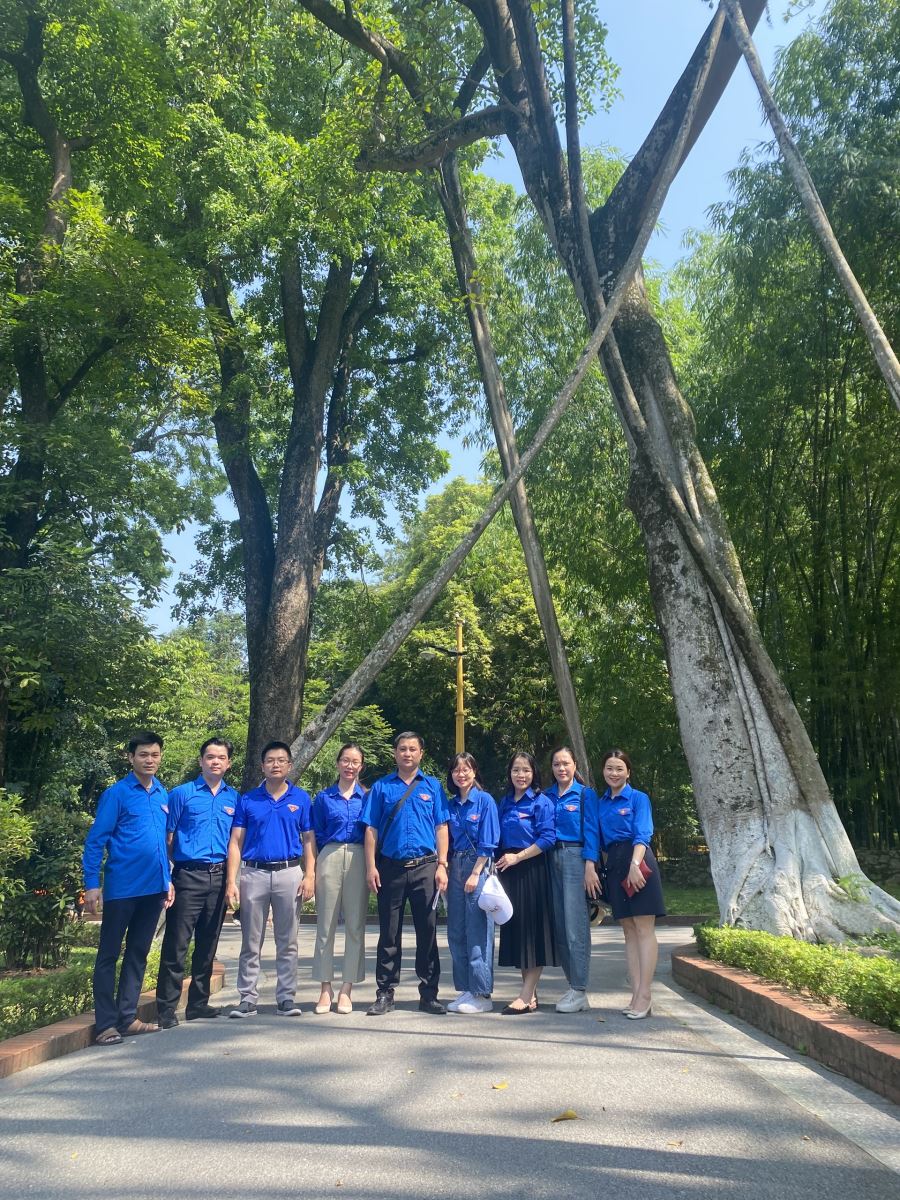






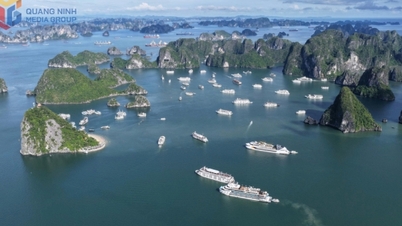

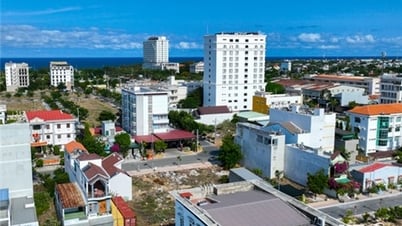

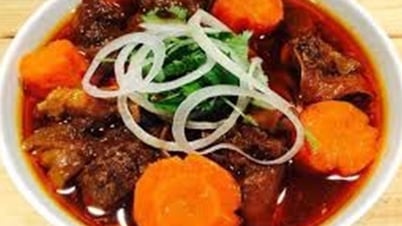
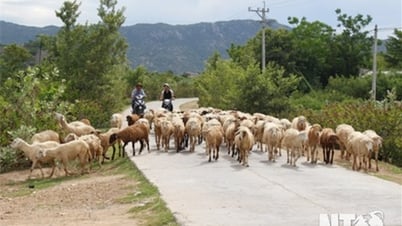





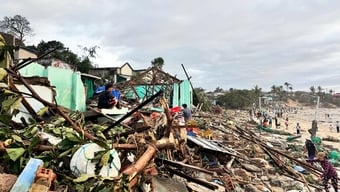


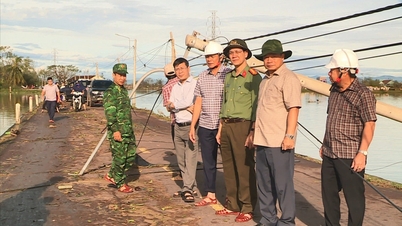



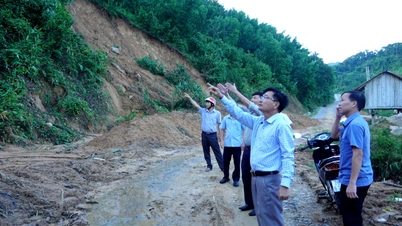




![[Video] Hue Monuments reopen to welcome visitors](https://vphoto.vietnam.vn/thumb/402x226/vietnam/resource/IMAGE/2025/11/05/1762301089171_dung01-05-43-09still013-jpg.webp)






































































Comment (0)